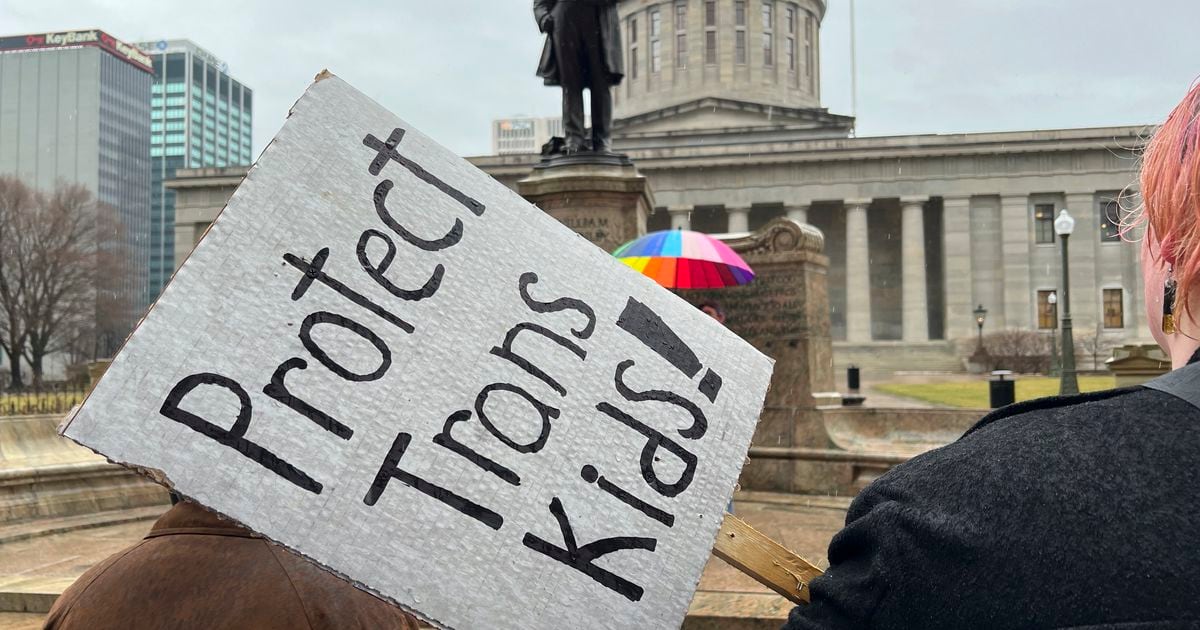
He had been testing out nonbinary pronouns and ultimately, after prodding from Jane and her husband about the myriad things that could impact a teenager’s mental health, expressed feelings of gender dysphoria and told his parents that he’d like to explore a medical transition.
After months of counseling and referrals from multiple medical professionals, Jane’s son was prescribed regularly scheduled testosterone injections by one of Ohio’s accredited children’s hospitals. Today, six months later, his voice is deeper, his body and face hairier, and his mental condition better and “lighter,” Jane explained.
“He’s very happy with how it’s going,” she said. “Any little thing that happens now, he’s just so overjoyed about. He just thinks it’s so great.”
But, Jane noted that her relatively short experience of grappling with her son’s gender identity hasn’t been easy. For her, it’s been marked with an amalgamation of fear and mourning, countered by feelings of joy and growth, all underlined by a sheer sense of gravity.
“To me, it did feel like I lost my daughter,” Jane told this news outlet, recalling what she felt when her son began his transition. “My daughter was gone. And that was something that I dealt with, my husband and I, privately. I never want my son to know that I was mourning the death of a child.”
Jane said the first day of meeting medical professionals and seeing her son’s gender-affirming care path unfurl before her was overwhelming. She said she was inundated with internal questions of how different her child would wind up being and how fast it would all happen — questions that ultimately had no immediate answers.
“But then, as you’re going through the process, just these little bites at a time, these little changes at a time happen, and it just takes the scariness out of it. The gradual change happens,” Jane said. “Yeah, if I look back on a picture of him when he was five, I think, ‘Aw, look at that little long-haired blondie,’ and that’s not who he is anymore, but day-to-day, you don’t notice that kind of stuff as much. It just feels much more manageable.”
“That child is still there,” she continued. “He still laughs the exact same as he did when he was seven years old. He still finds the same things funny that he did (then), and he still gets frustrated over the same (things), you know what I mean? He’s the same person, just in a different package.”
Jane said that her initial feeling of mourning gradually dissipated for her — as did the paralyzing sense of fear. Both made way for relief.
Jane told this news outlet that she would have been “utterly devastated” if gender-affirming care hadn’t been an option for her son at the time he came to her for help.
“It is very scary, I’m not gonna lie about that, but seeing who my child is now versus who they were a couple years ago, it’s obvious that he’s going down the path that he’s wanting to go down.”



